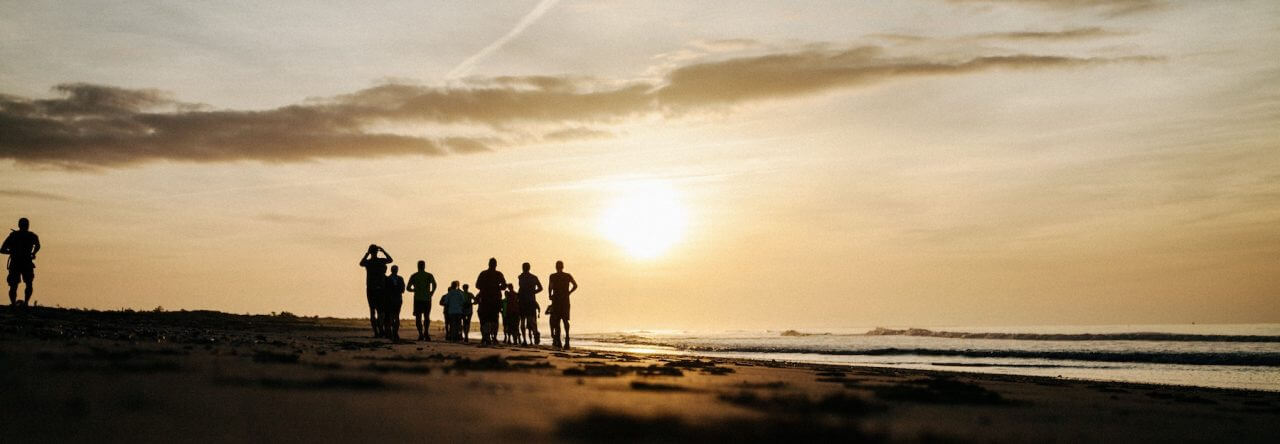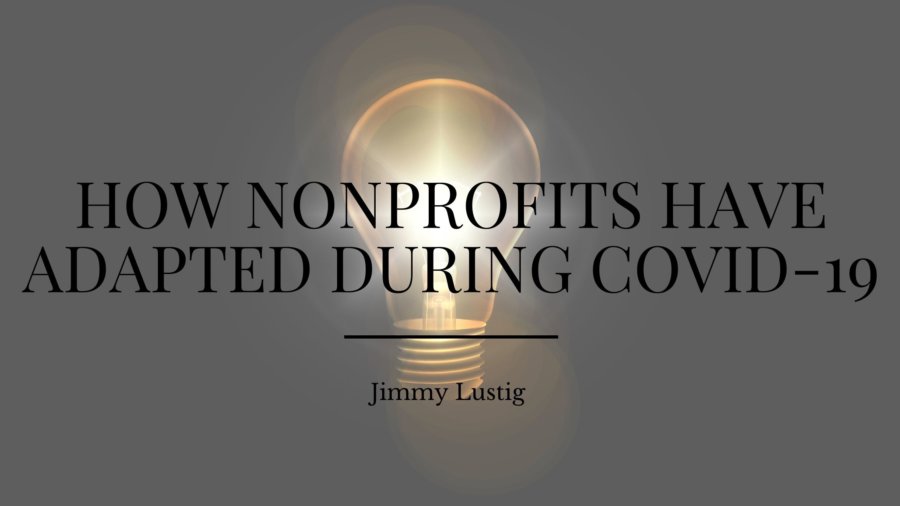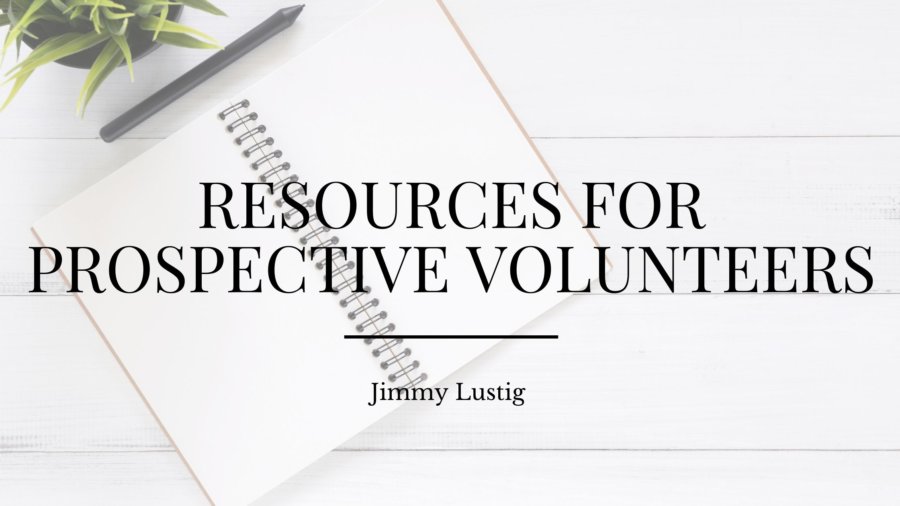With so many options out there, how – and why – should people consider giving? The five books below provide many answers to these and other questions, making for fascinating reading, both inspirational and impactful.
One of the best guides to the giving process is the traditional Inspired Philanthropy: Your Step-by-Step Guide to Creating a Giving Plan and Leaving a Legacy, by Tracy Gary. Efficient covers everything from the basics of plan making, working with advisors, the right questions to ask non-profits, and much more. The inclusion of worksheets, resource lists, and descriptions of planning tools is beneficial.
The Promise of a Pencil, by Adam Braun, tells the story of how one man’s actions impacted thousands of lives globally. After encountering a begging child and starting with only $25, Braun built an organization that has helped build over 250 schools worldwide. Inspirational and uplifting, if ever there was an argument for the power of giving, this is it.
In The Soul of Money: Reclaiming the Wealth of Our Inner Resources, Lynne Twist offers positive proof that changing our attitudes towards earning and spending money can make our lives more meaningful and fulfilling. Challenging everyday assumptions about society’s views of money, the author illustrates her journey from conspicuous consumer to non-profit activist in an honest, no-punches-pulled way.
Sharna Goldseker and Michael Moody bring a fresh perspective in Generation Impact: How Next Gen Donors Are Revolutionizing Giving. Moving between first-hand accounts and analysis of a new class of doner’s work, the book shows the impact of young rising stars of philanthropy in disrupting traditional giving models and creating entirely fresh approaches to the field.
Another disruptive approach to giving is Impact Investing: Transforming How We Make Money While Making a Difference by Antony Bugg-Levine and Jed Emerson. The new field of impact investing is thoroughly explained, showing how it’s possible to “blend” investment success with positive change.
This year, perhaps more than in most, it’s essential to consider how a charitable contribution can positively impact peoples’ lives. The wisdom and practical advice that abound in the five volumes discussed will hopefully inspire and energize in equal measure.




